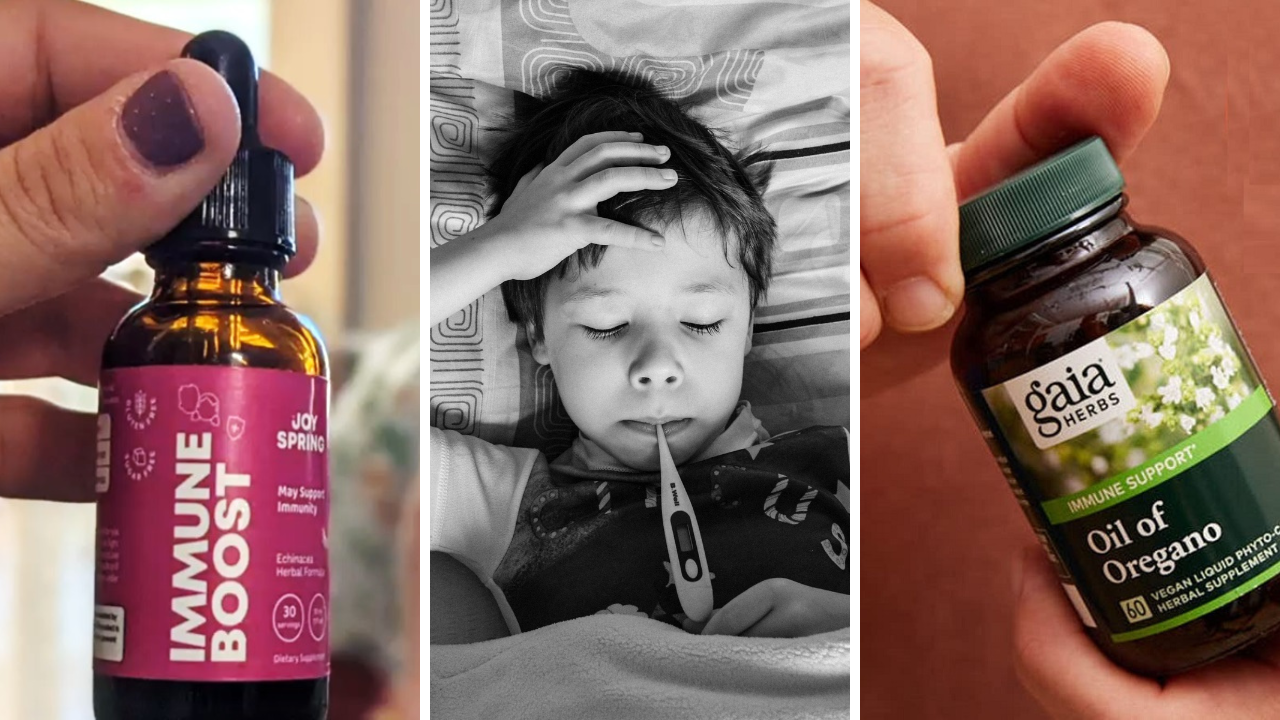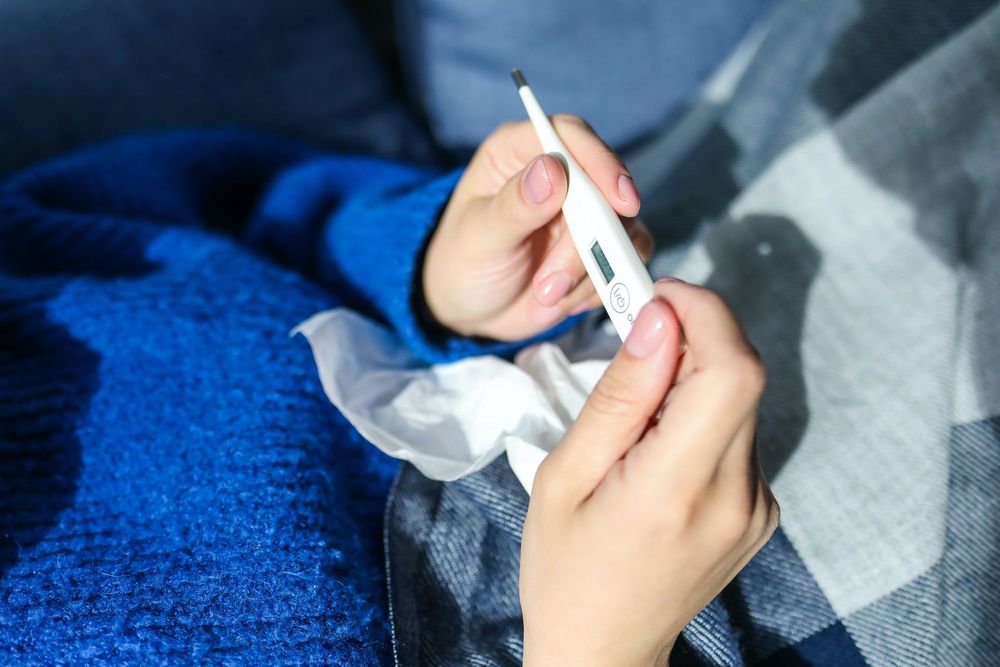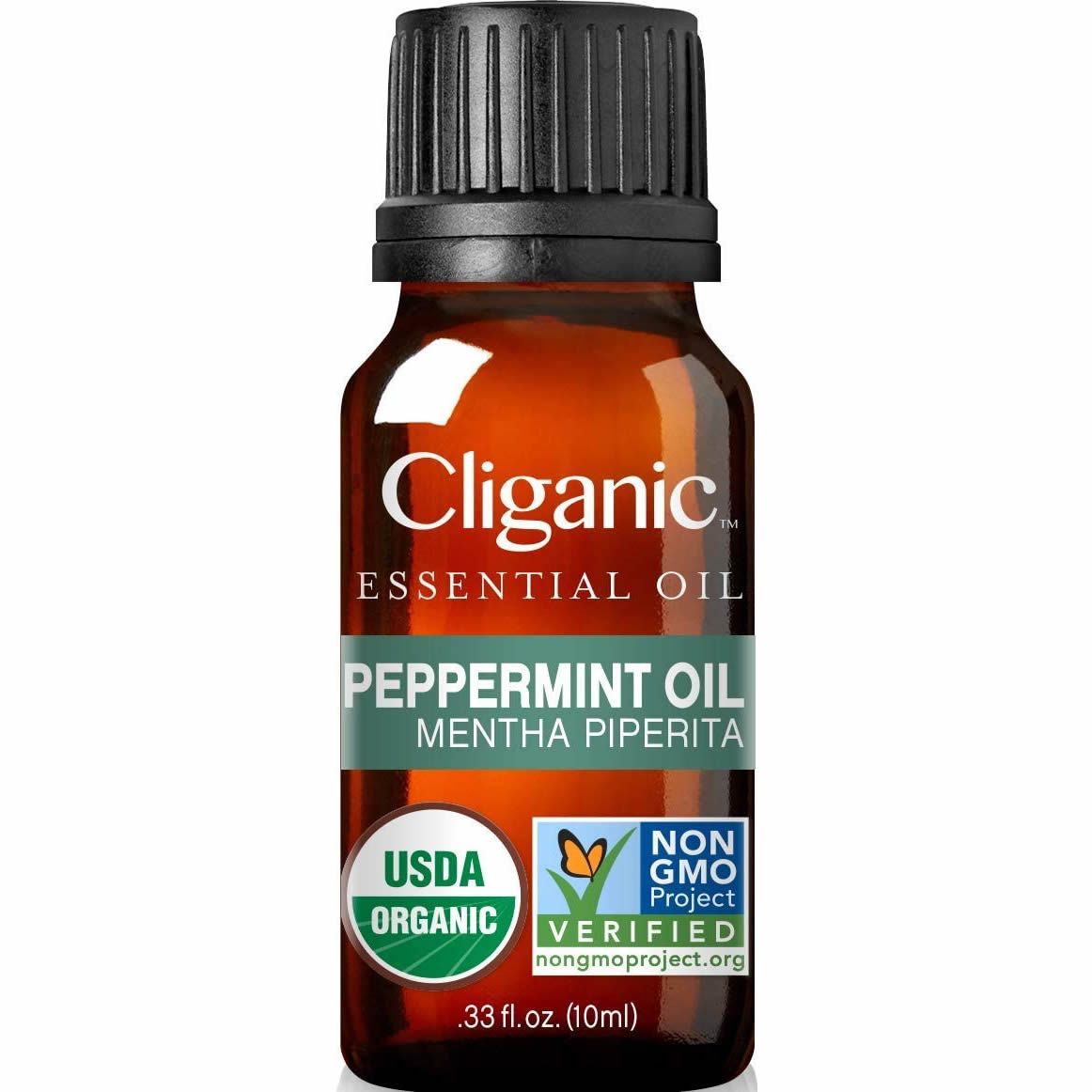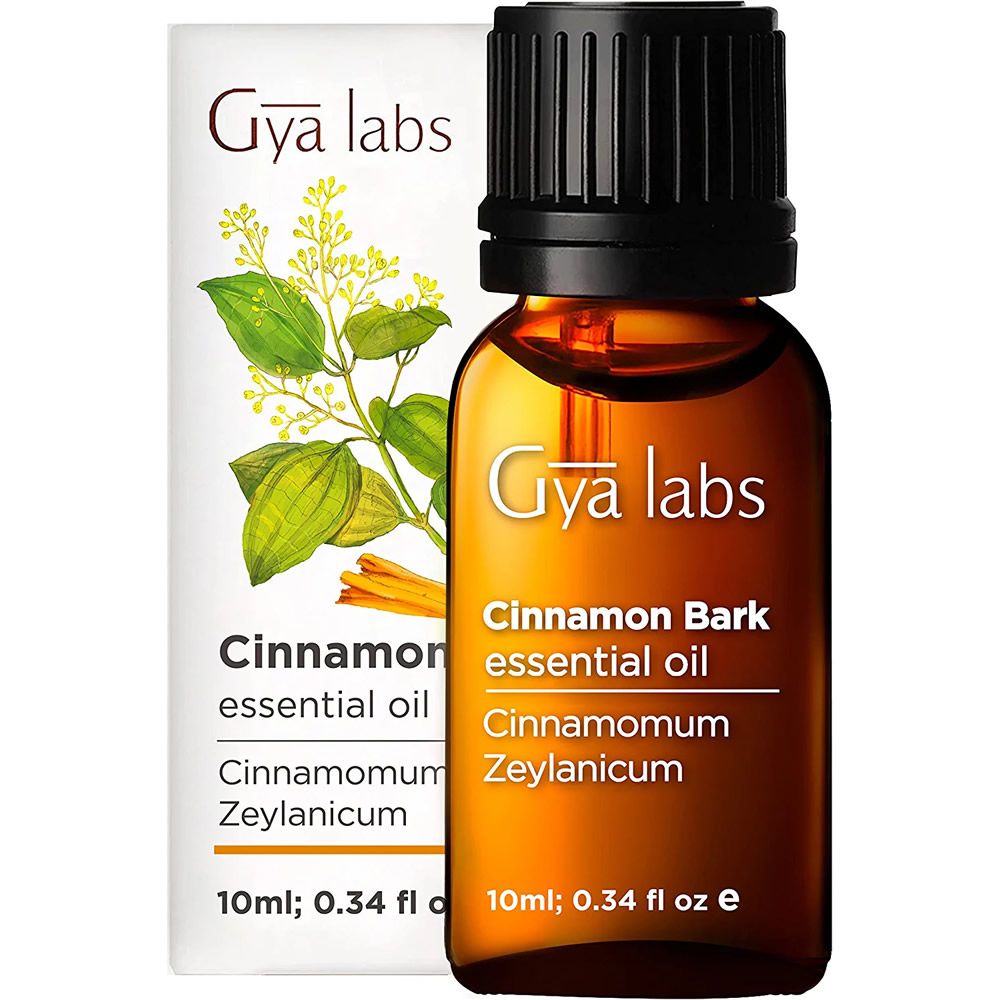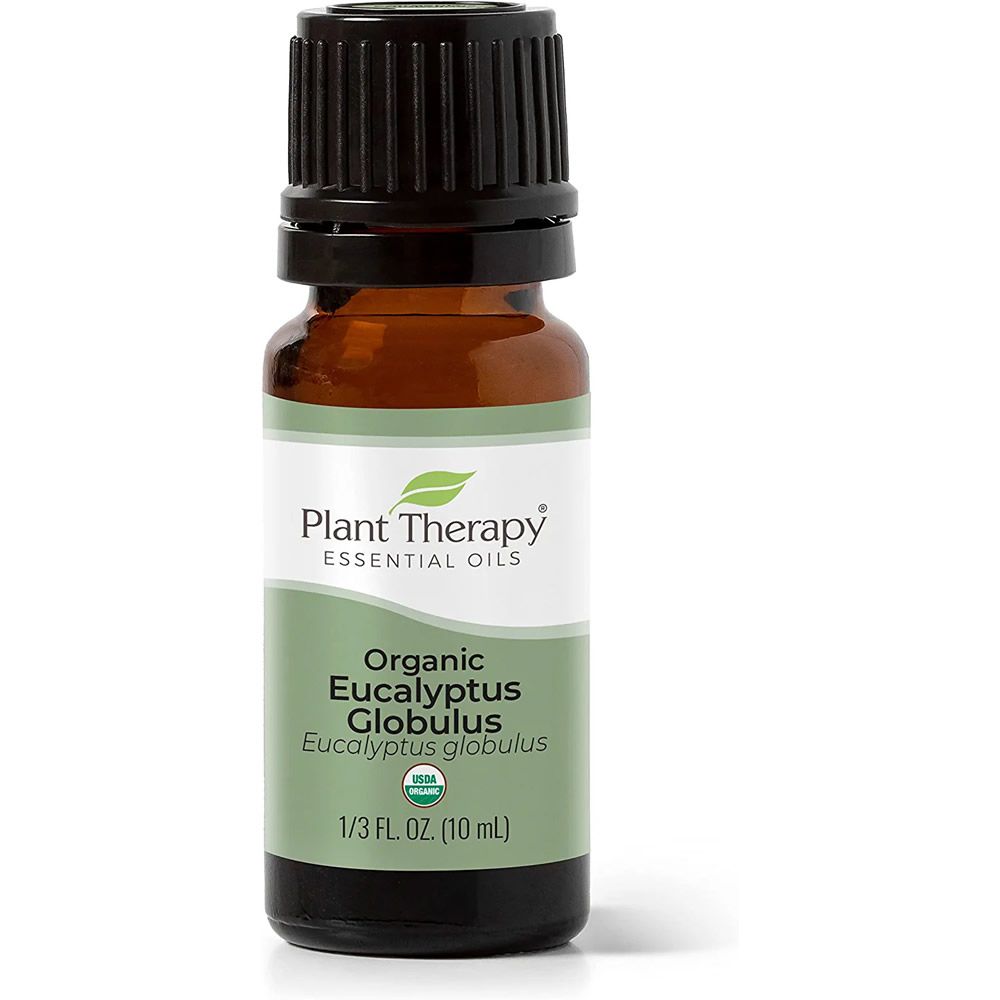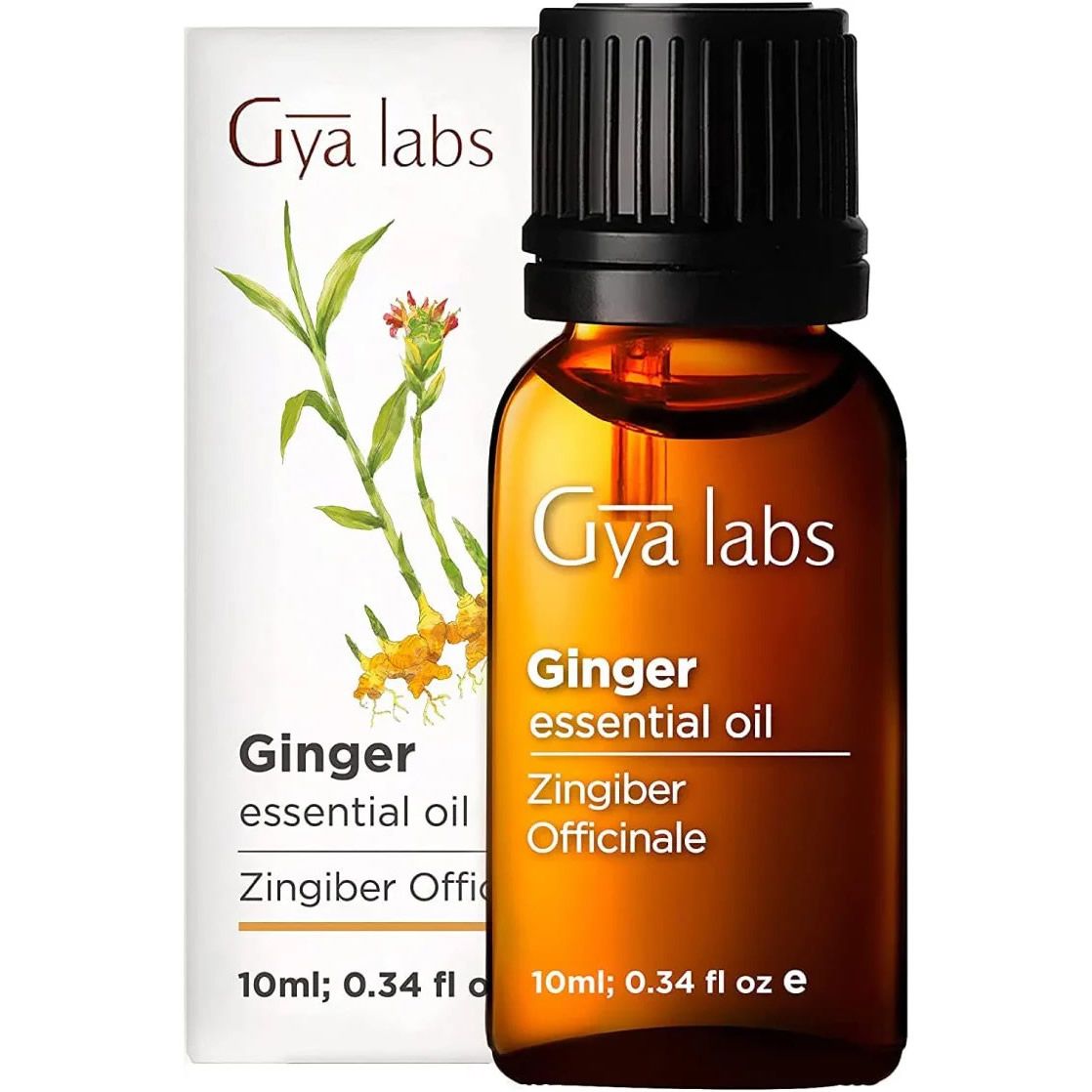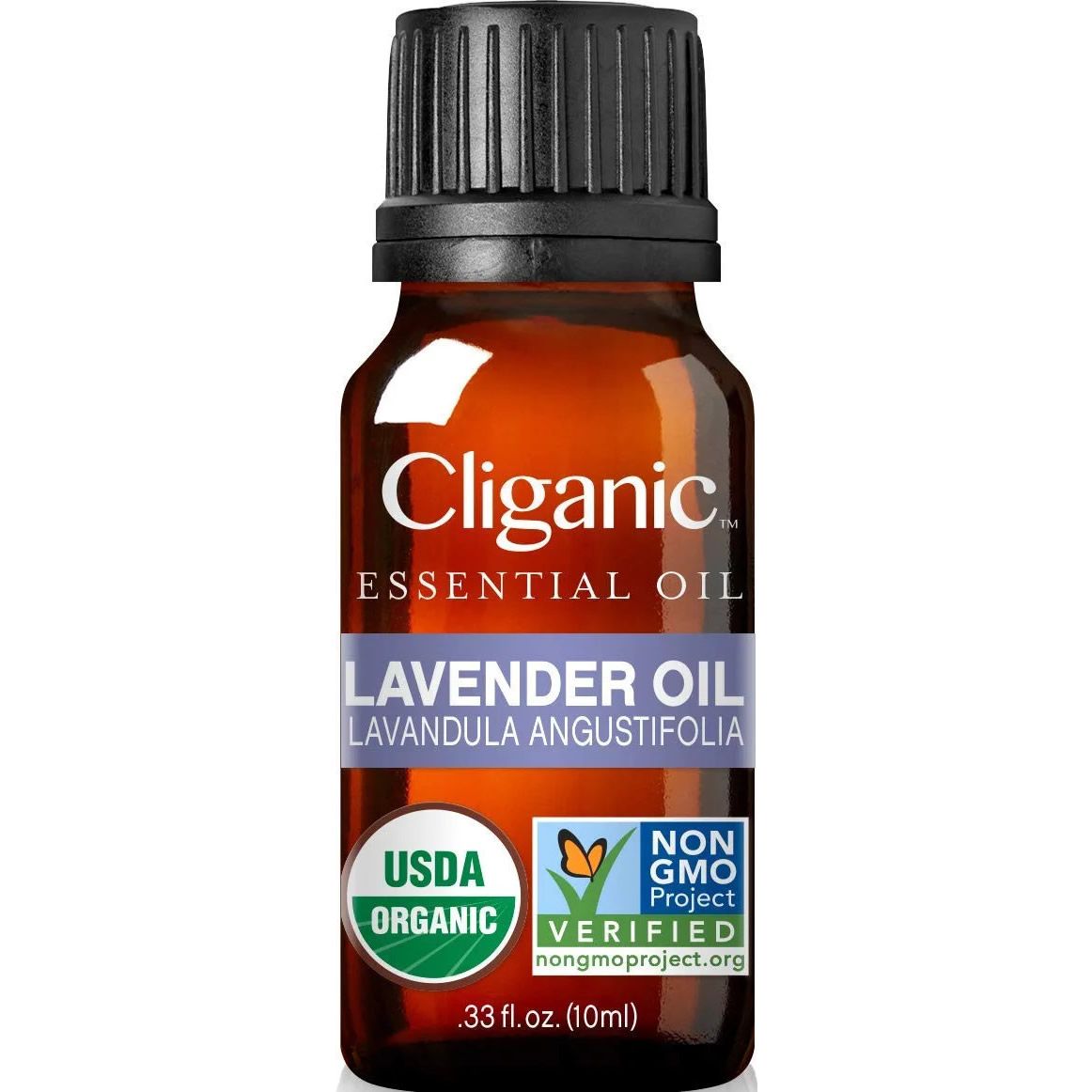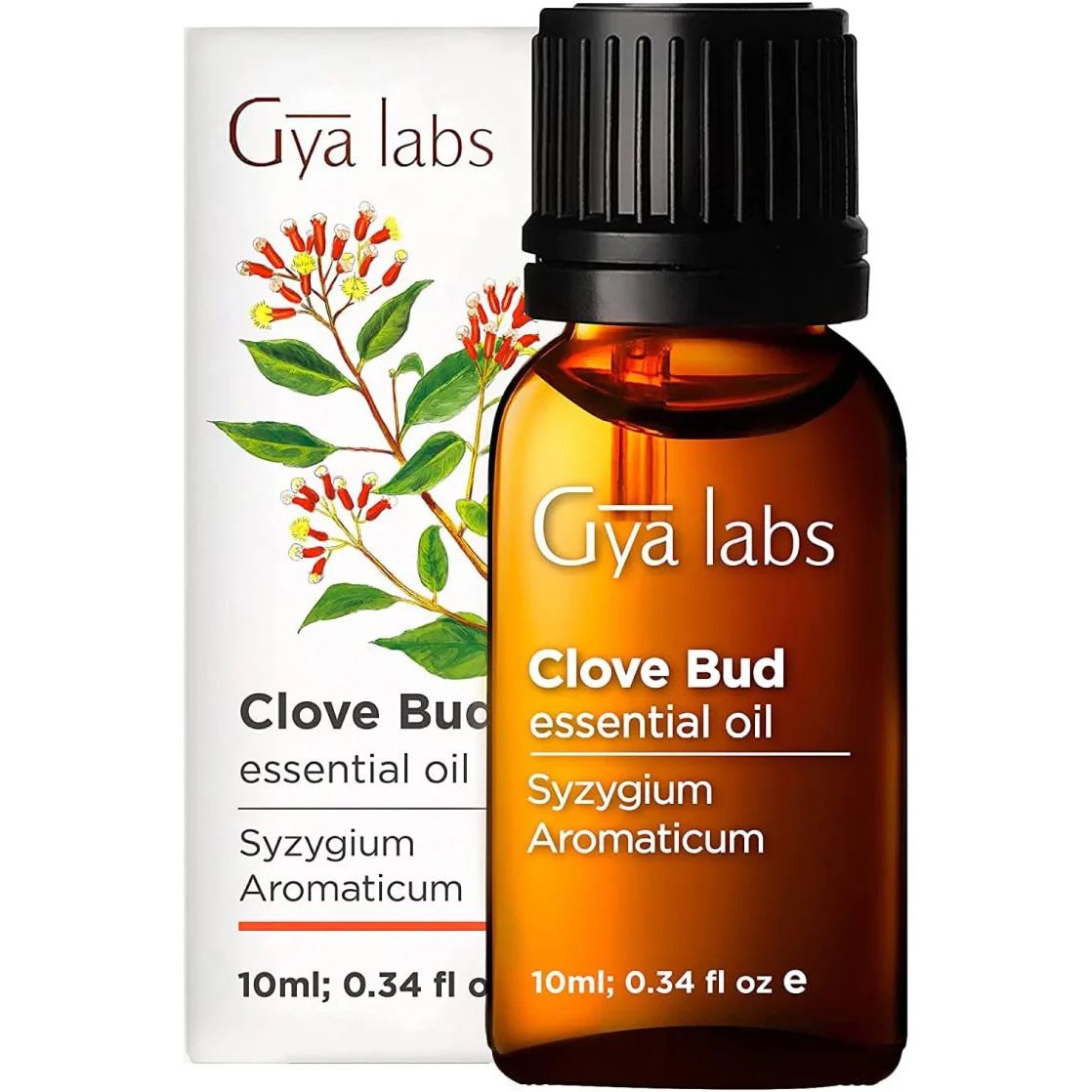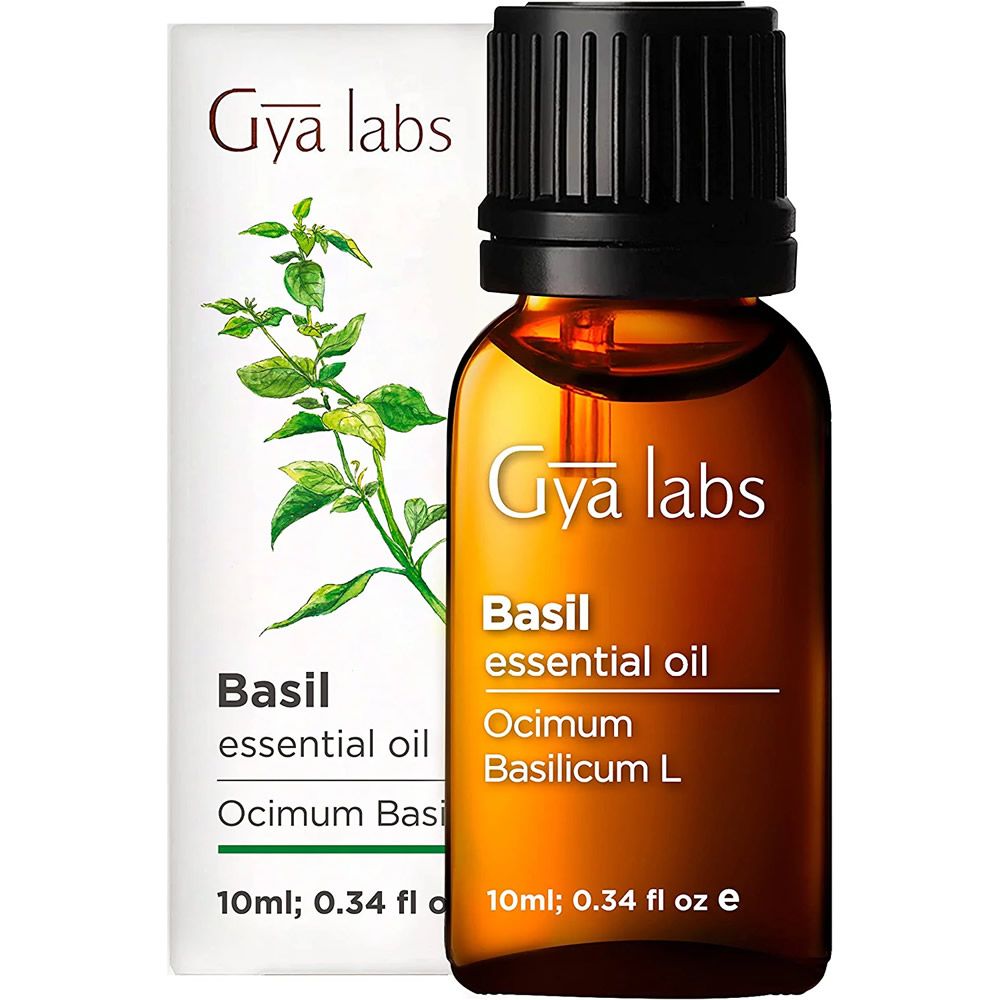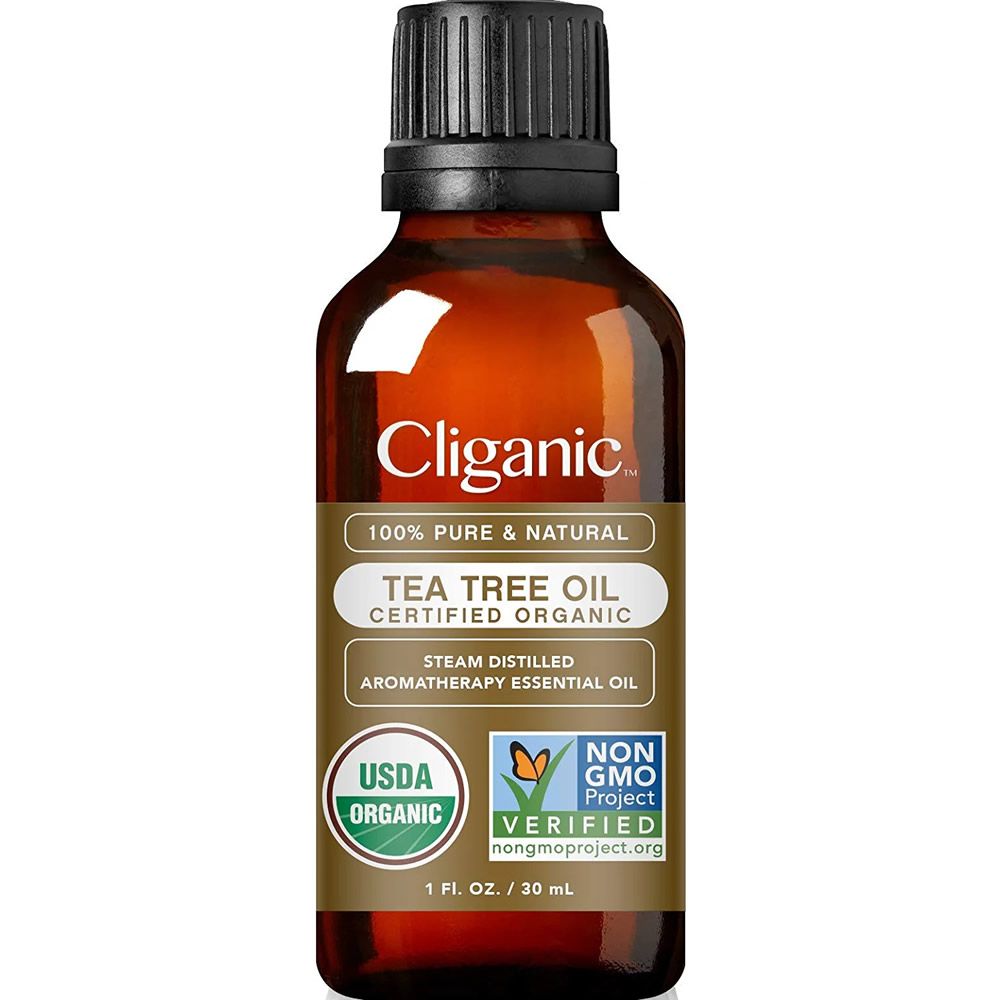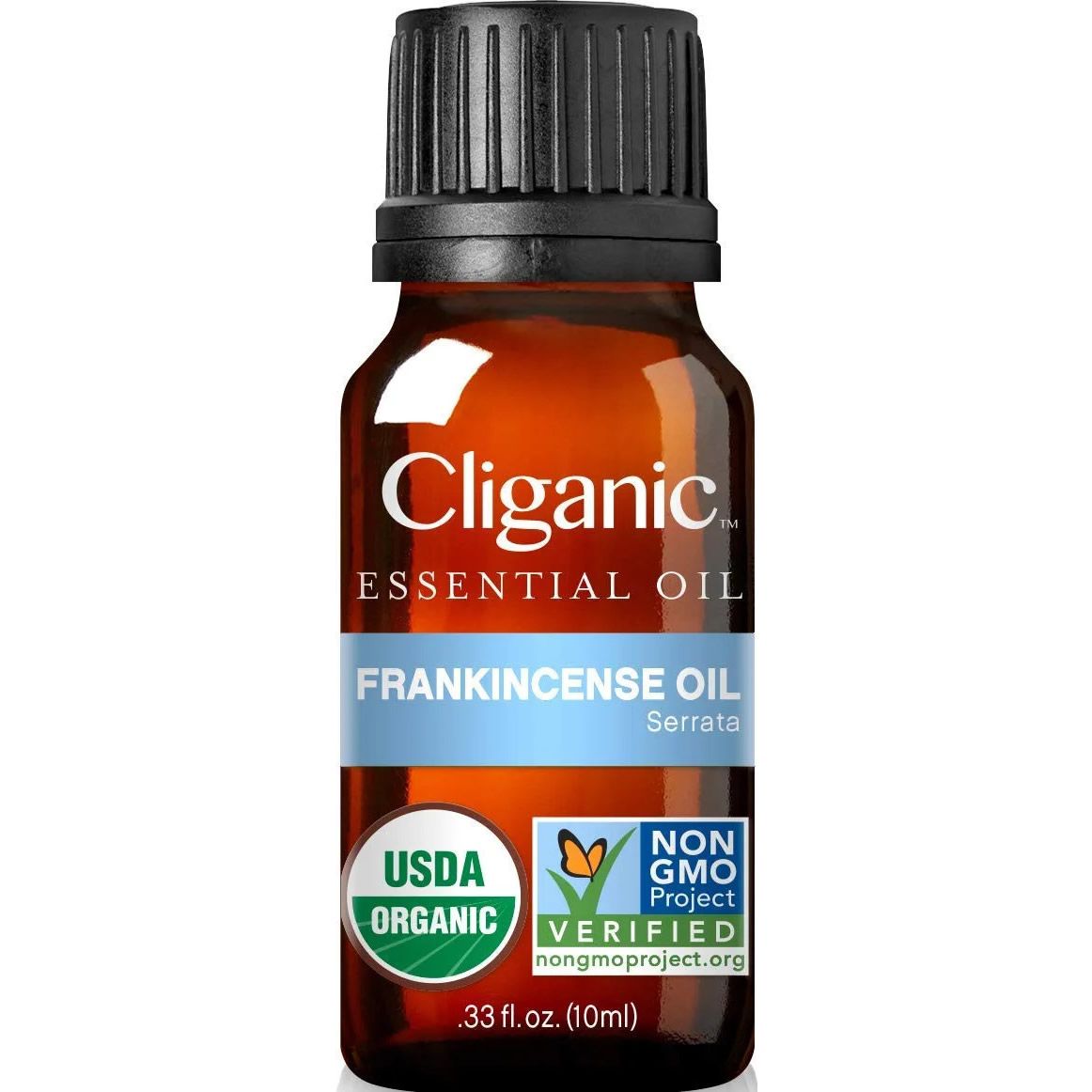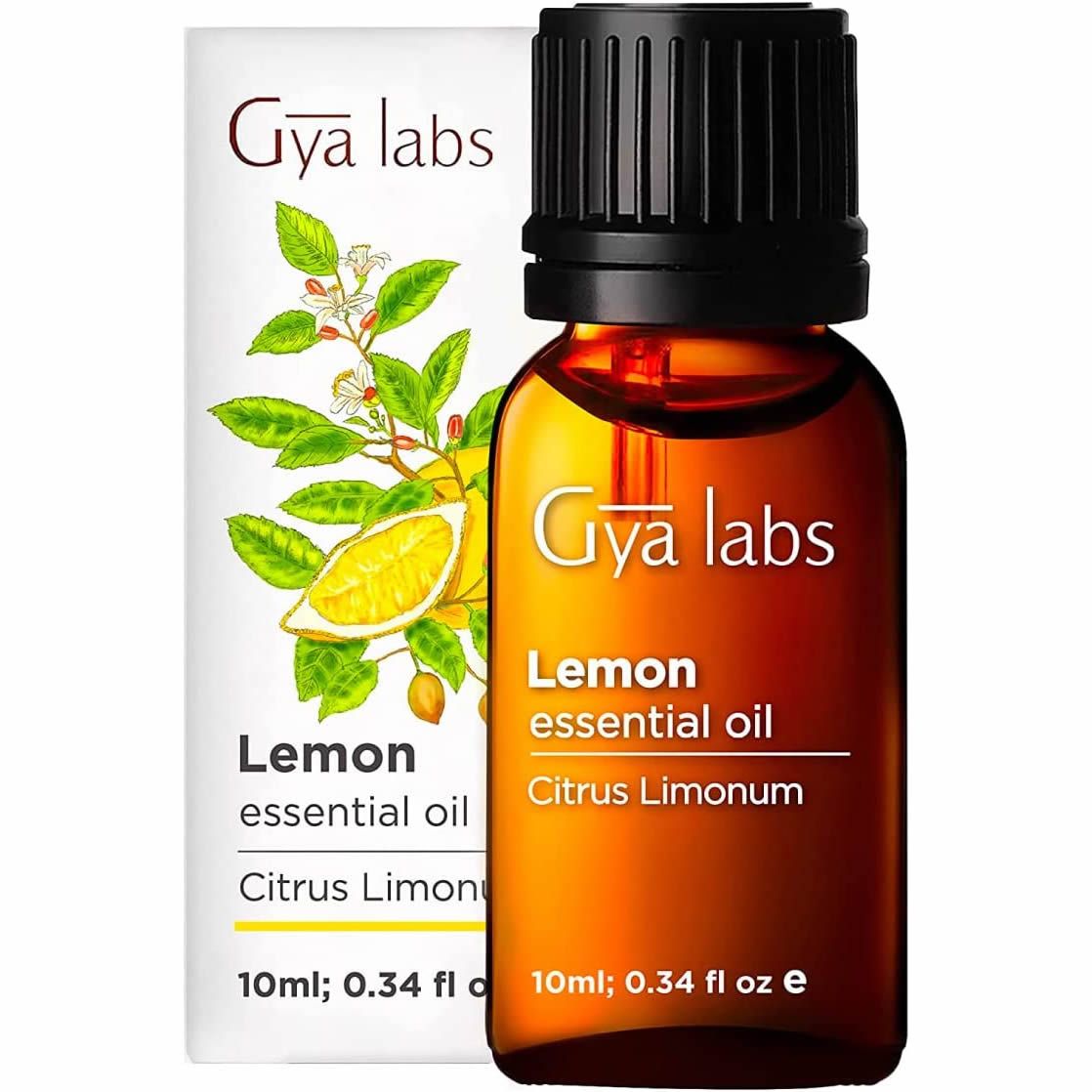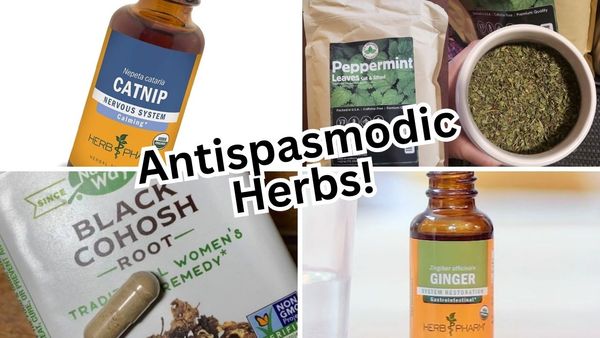9 Essential Oils for Fever Relief to Get You Back on Your Feet Fast
Reduce fever and related symptoms the natural way with essential oils!
Essential oils have been used for centuries to treat all types of health problems, including fever. In this blog post, we will discuss 9 of the best essential oils for reducing fever fast. We'll also provide some tips on how to use them safely and effectively.
Continue reading to learn more about the best essential oil for fever!
How We Downselected the Best Essential Oils for Treating Fever
Fever can be a scary experience, as your body temperature starts to rise and you can feel the uncomfortable heat spread throughout your body. While there are a variety of medications available in the market, natural remedies are highly recommended for treating fever because they help reduce symptoms effectively and don't have any side effects. One of these natural remedies that is known for its healing properties is essential oils. Essential oils are extracts of plants with powerful medicinal and therapeutic benefits, making them an ideal treatment choice for fever. As they can be conveniently used in the comfort of your home, they offer great relief without compromising on safety. Many essential oils can be used to treat fever, so it's best to consult a medical professional to understand which ones would work best for you.
I've read numerous reviews on Amazon to find the best essential oils to treat fever and related symptoms. After reading through all of the different options, I've narrowed it down to my top 9 picks.
We hope you find your favorite essential oils to help reduce your fever and mitigate symptoms from the list below! Each product was independently selected by our team. BiohackingBeat may collect a share of sales or other compensation from the links on this page if you decide to buy something (that's how we fund our research). Happy shopping!
Cliganic USDA Organic Peppermint Essential Oil
Why You Should Buy It
Peppermint essential oil is derived from the Mentha piperita plant and has a wide range of therapeutic properties, especially treating fevers. The efficacy of this oil is attributed to its cooling sensation due to the presence of menthol, the same ingredient commonly found in cough drops and balms. When dispersed and inhaled, it brings relief on contact and works to bring your temperature down naturally.
How To Use this Oil
Studies show that a combination of peppermint and eucalyptus essential oil works best when applied topically to lower your temperature. When used discreetly this not only relieves fever but also soothes pain all over the body [1]. With such multifaceted applications of this natural ingredient, peppermint surely proves to be an effective remedy for fever reduction.
Gya Labs Cinnamon Bark Essential Oil
Why You Should Buy It
Cinnamon bark oil is one of the most effective essential oils, possessing antiviral and anti-inflammatory properties that can help reduce inflammation and fight viruses within the body. Studies have demonstrated that Cinnamon essential oil has antibacterial properties that specifically assist in fighting salmonella, a bacterial infection commonly experienced during fever [2]. The oil has a warming effect that stimulates blood circulation and helps to boost the immune system for a faster recovery. The anti-inflammatory properties it contains help reduce any bodily inflammation as well. All together, this shows cinnamon bark oil’s effectiveness as an essential oil which has many healing benefits for those suffering from fever or other medical issues.
How To Use this Oil
The optimal use of this oil is to diffuse it or add a few drops to a warm bath.
Plant Therapy Organic Eucalyptus Globulus Essential Oil
Why You Should Buy It
Eucalyptus oil has been presented as an effective remedy for fever due to its healing properties. It contains 1,8-Cineole and alpha-terpineol compounds, which are known for their antioxidant content [3]. When used in cases of fever, it can help lower the body's temperature while simultaneously relieving inflammation and pain. Furthermore, it is known to reduce congestion in the lungs and nasal passages. Therefore, studies suggest that eucalyptus oil has a cooling effect that helps reach a self-limiting inflammatory state, which is necessary to kill microorganisms causing the fever.
How To Use this Oil
Add 1-2 drops of eucalyptus oil with peppermint oil in a carrier oil such as coconut or olive oil and rub on the chest, bottom of the feet, or back of neck.
Gya Labs Pure Ginger Oil
Why You Should Buy It
Ginger essential oil boasts a range of beneficial medical and therapeutic properties which make it one of the most effective treatments for various illnesses. The anti-inflammatory properties are particularly useful in relieving pain and inflammation caused by fever.
Additionally, ginger oil helps to reduce common symptoms of fever like nausea, vomiting, headaches and more. Furthermore, it has been proven that ginger essential oil can improve blood circulation and even stimulate the immune system - all this contributing to a quicker recovery from fever. Truly, ginger essential oil is an incredibly helpful natural remedy with a powerful impact.
How To Use this Oil
- Add a drop or two to a glass of water or hot tea.
- This oil can also be used topically, but be sure to dilute it well because ginger essential oil can cause skin irritation.
Cliganic USDA Organic Lavender Essential Oil
Why You Should Buy It
Lavender oil is an aromatherapeutic remedy with powerful healing properties, particularly with regard to inflammation. Evidence has demonstrated that with its anti-inflammatory compounds, lavender oil can help reduce pain and act as a natural sedative to promote relaxation of both the body and mind [4].
Further studies have revealed that taking lavender oil over time can even improve sleep quality; it is known to reduce discomfort in those who are suffering from fever and alleviate some of the symptoms associated with this condition. Therefore, lavender oil serves as a natural supplement that could be used by many individuals across cultures.
How To Use this Oil
- Add 2-3 drops of oil to an epsom salt bath.
- Mix lavender essential oil with a carrier oil such as coconut oil and apply to the back of the neck and/or bottom of the feet.
- Diffuse lavender 2-3 times a day.
Gya Labs Clove Oil
Why You Should Buy It
Clove oil boasts various nutritional benefits that make it an effective remedy for treating fever and its associated symptoms, such as inflammation and pain. The eugenol compound present in clove oil is responsible for the oil's antipyretic activity which helps to reduce fever.
Additionally, its anti-inflammatory properties help reduce the pain often associated with a fever. Cloves have antifungal and antibacterial action too, making them useful in fighting infection caused by bacteria or viruses. Therefore, countless people use this easily-available ingredient to lessen the impact of fever and its side effects on their health.
How To Use this Oil
A cold compress is an age old remedy for reducing fever. Steeping a wash cloth in a bowl of cold water with 5 drops each of clove oil and peppermint oil and then placing the cloth on your forehead or the back of your neck helps to reduce body temperature. Blending these essential oils with others such as holy basil, rosemary, lemon, lavender and cinnamon oil can be used in a diffuser to get multiple anti-febrile effects. Experiment with two or three scents and see how they help you feel better!
Gya Labs Basil Essential Oil
Why You Should Buy It
Basil oil is known to be beneficial in treating various health conditions, thanks to its unique composition that includes multiple natural active elements. These include essential oils, terpenes, and other forms of phytochemicals and flavonoids that help improve the body's functions and enable healing.
Utilizing these components, basil oil has been found to possess a range of medicinal uses such as antipyretic effects, which indicates its ability to reduce fever quickly along with balancing the body's temperature [5]. This is further supported by its antibacterial, anti-inflammatory, analgesic, and antiviral properties that work together to soothe infection-causing inflammation while fighting against viruses and bacteria associated with pain, discomfort and other medical symptoms.
How To Use this Oil
Applying holy basil oil is an age-old home remedy to help reduce a fever. As an effective and natural alternative for relieving symptoms, it can be easily used at home. Start by diluting 5 drops of holy basil oil in 1 tablespoon of jojoba oil and applying the solution onto the back of the neck as well as on the soles of the feet every day for up to 5 days. To intensify its healing benefits, consider pairing it with other essential oils like eucalyptus, lemon or rosemary. An all-natural remedy requiring minimal effort, this could be your go-to solution whenever you have a fever again.
Cliganic Organic Tea Tree Essential Oil
Why You Should Buy It
Tea tree oil has a wide range of medicinal properties that can be utilized to battle various skin and health conditions. It is particularly effective in treating fevers due to its anti-inflammatory, antiviral, antibiotic, antibacterial and antifungal characteristics [6]. Research suggests that it encourages white blood cell production which helps combat infections originating from viruses.
Additionally, tea tree oil has the ability to reduce the severity of fever-related symptoms such as body ache, soreness and inflammation. With its astonishing healing capabilities, tea tree oil can be used to help the body overcome fever with minimal discomfort.
How To Use this Oil
Mix 3-4 drops of tea tree oil with 1 teaspoon of a carrier oil such as sweet almond oil. Gently massage into the forehead, neck and shoulders.
Cliganic USDA Organic Frankincense Essential Oil
Why You Should Buy It
Frankincense oil is widely regarded as the oil of kings for good reason - with its powerful anti-inflammatory, anti-microbial, and immune boosting properties, it's one of our strongest assets for fever relief. Studies have demonstrated that frankincense has antipyretic (fever lowering) abilities [7], although its effects on relieving symptoms of arthritis pain and inflammation may be just as potent. Its ability to reduce stress and anxiety while helping to strengthen our immunity make it one of the best essential oils for fever. For centuries it has been used to reduce inflammation, induce calming feelings of wellbeing in addition to fighting microbes associated with some illnesses. Its versatile healing powers make it a timeless natural remedy.
How To Use this Oil
Frankincense oil is renowned for its powerful healing properties, and one of the most effective ways to treat a fever is by using it in combination with a carrier oil. Mixing your own frankincense roller ball blend or purchasing one from a reliable source such as an herbal shop can be an excellent solution that helps unlock its medicinal benefits. Once you have made or obtained your blend, simply roll it on various areas of the foot, such as the bottom or sides, as well as the back of your neck and those of your children's. This method of topical application ensures that you get maximum absorption, allowing frankincense to work its wonders in aiding to relieve fever symptoms quickly and safely.
Gya Labs Lemon Essential Oil
Why You Should Buy It
Lemon oil is unique in its healing properties and can be used as a natural remedy to treat fever. It contains an active compound called D-Limonene that has antiviral properties which helps displace viruses from the body, making it effective for bouts of fever with viral infections. Furthermore, lemon oil also has well documented anti-inflammatory properties that help reduce inflammation associated with elevated temperatures caused by fever. Its ability to fight infection and reduce inflammation make it an excellent natural choice for treating fevers without resorting to harsh medicines.
How To Use This Oil
- Diffuse lemon a few times a day.
- Dilute with a carrier oil and rub on the neck and armpits.
Add a few drops of lemon essential oil to a warm wash cloth and drape across your face, then take a few deep breaths.
Essential Oil FAQs
How should essentials be used to reduce fever?
Essential oils can be a great remedy to treat fever when used correctly. Whether you choose to massage the oil into the skin or diffuse them in the air, diluting essential oil beforehand is critical. This ensures that potential skin irritation and allergic reactions are avoided. The best carrier oils for this purpose vary based on one’s individual situation, with examples ranging from coconut oil to sweet almond oil. Once your desired oil is properly diluted, it’s time to explore different methods of application. Depending on severity, one could opt for direct topical application or breathe in the aroma through a diffuser. The trick is combining the correct dose of oils with other remedies and knowing when to see a doctor if necessary. With essential oils, you now have one more option at relief of fever symptoms. Additional details on how these oils can be used are below:
- Topical application
To use essential oils for fever reduction, consider making a mixture with a carrier oil like coconut or jojoba oil and then apply the oil blend to the bottoms of the feet, neck, chest and/or back.
- Inhalation
Inhaling steam is a great way to clear your sinuses, soothe your throat and open up airways. To do this effectively, first, boil 2 cups of water on the stove or with an electric kettle. Once the water has boiled, add 5 to 7 drops of essential oils of your choice into the steaming mixture. Next, pour the water into a bowl and place it in front of you while making sure it is at a safe distance away from you to avoid injuring yourself from hot steam. Lastly, drape a cloth over your head and lean face-forward towards the bowl and inhale deeply throughout for several minutes. Try to keep your eyes closed during this time as this practice might cause irritation to them. Afterwards, you should feel rejuvenated with clearer airways!
Additionally, for more direct inhalation, you can dip a cotton ball in essential oils and sniff the oil. You can also put a few drops of oil on your handkerchief or pillow and inhale the oil to achieve relief from fever.
- Diffusing
Diffusing essential oils can be a simple and effective way to accelerate healing from an illness, such as fever. By adding a few drops or mix of essential oils to a diffuser then using this in the bedroom, office, kitchen, or anywhere else, it is possible to inhale the therapeutic properties through the atmosphere. This can help improve physical wellbeing and provide additional comfort.
What is a good essential oil recipe for fever reduction?
Ingredients:
- 2 drops of eucalyptus
- 2 drops of tea tree
- 2 drops of peppermint
- 1 tablespoon of fractionated coconut oil (or carrier oil of your choice)
- 10-ml roller bottle
Directions:
- Add the essential oils to the roller bottle.
- Add the fractionated coconut oil, push back the roller ball and close the cap, and gently shake the bottle.
- Apply the oils on the soles of feet, forehead, back of neck and along the spine.
How should essential oils be chosen?
High-quality, pure essential oils are very concentrated, so it's important to make sure any oils you use are chemical- and pesticide-free, organic, and wildcrafted. It is important to note that the terms “Clinical Grade” or “Therapeutic Grade” are not standardized in the industry, so it is important to interpret such labels with caution.
Do essential oils expire?
Essential oils do expire, but different oils have different shelf lives. Some essential oils can last for up to seven years, while others can only last for a year or two.
It's important to keep track of the expiration date of your essential oils, and to discard any oil that has passed its expiration date. When an essential oil expires, it can lose its therapeutic properties and may even become harmful if you ingest essential oils.
Best Essential Oils for Fever For You
We hope our review has armed you with the information you need to decide what essential oil is best for your needs. Tap the product links above to check prices and find the best essential oil for you. We hope you feel better, and thanks for reading!
Citations
[1] Hunter AM, Grigson C, Wade A. INFLUENCE OF TOPICALLY APPLIED MENTHOL COOLING GEL ON SOFT TISSUE THERMODYNAMICS AND ARTERIAL AND CUTANEOUS BLOOD FLOW AT REST. Int J Sports Phys Ther. 2018 Jun;13(3):483-492. PMID: 30038834; PMCID: PMC6044592.
[2] Olaimat, Amin N., et al. "Inhibitory effects of cinnamon and thyme essential oils against Salmonella spp. in hummus (chickpea dip)." Journal of Food Processing and Preservation 43.5 (2019): e13925.
[3] Juergens, U. R. "Anti-inflammatory properties of the monoterpene 1.8-cineole: current evidence for co-medication in inflammatory airway diseases." Drug Research 64.12 (2014): 638-646.
[4] Koulivand, Peir Hossein, Maryam Khaleghi Ghadiri, and Ali Gorji. "Lavender and the nervous system." Evidence-based complementary and alternative medicine 2013 (2013).
[5] Calderón Bravo, Héctor, et al. "Basil seeds as a novel food, source of nutrients and functional ingredients with beneficial properties: A Review." Foods 10.7 (2021): 1467.
[6] Yadav, Erosh, et al. "Tea tree oil: a promising essential oil." Journal of EssEntial oil rEsEarch 29.3 (2017): 201-213.
[7] Siddiqui, M.Z. (2011). Boswellia Serrata, A Potential Antiinflammatory Agent: An Overview. Indian Journal of Pharmaceutical Sciences, 73(3), 255–261. Full text: https://www.ncbi.nlm.nih.gov/pmc/articles/PMC3309643/
